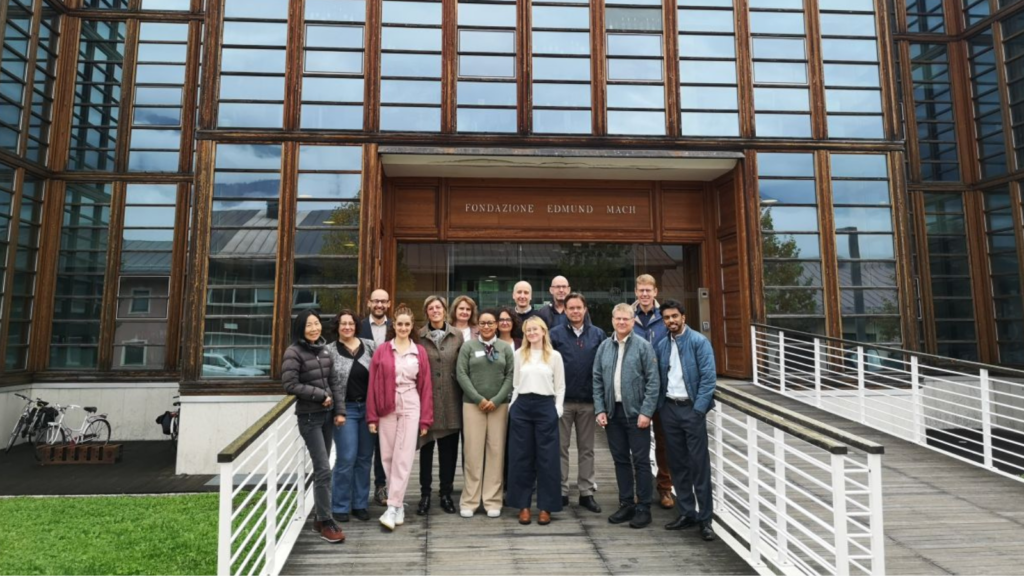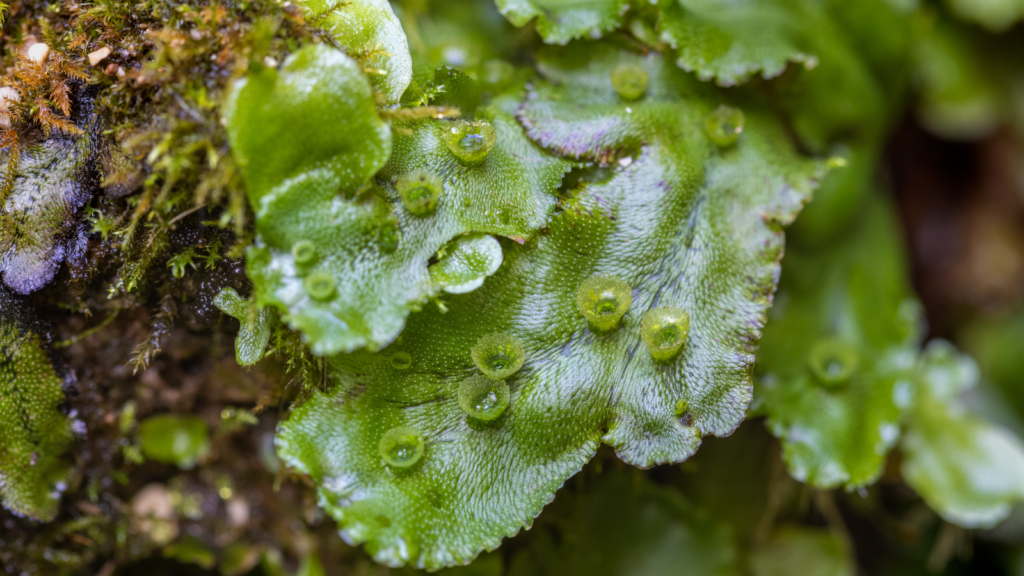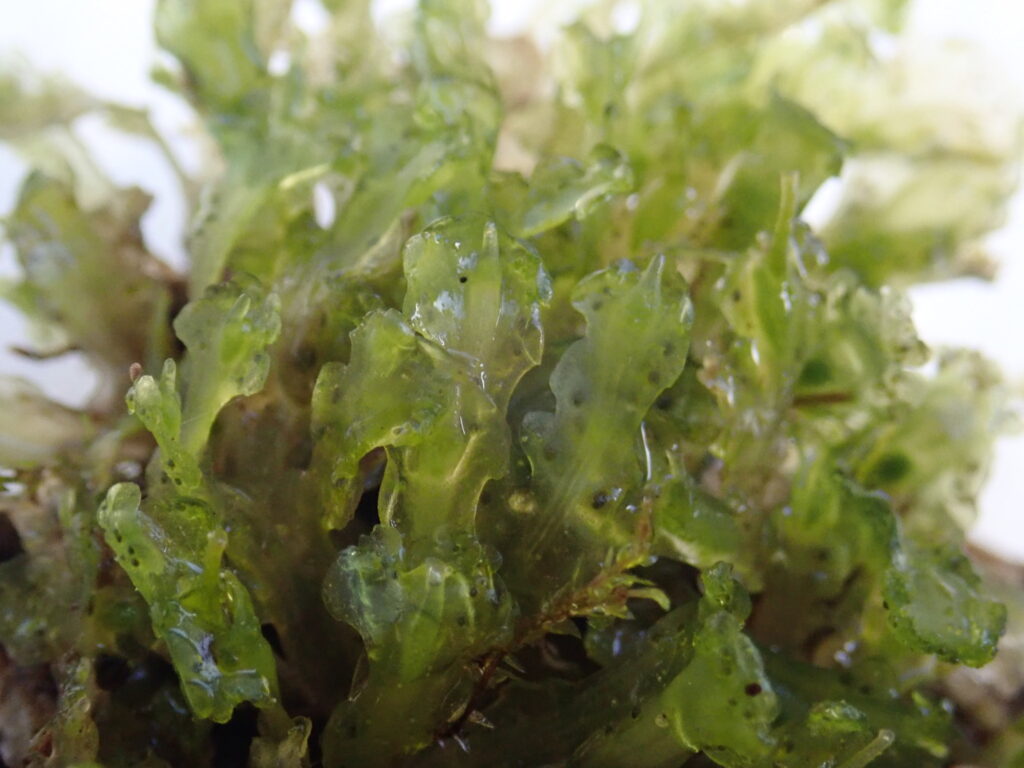Mosses creates the scene floor in the forest theatre…
Most people don’t pay much attention to the stage floor in a theatre, but what would the actors do if it was missing?
The scene floor of the forest theatre consists of a green mat of small plants. For most people it is quite anonymous and un-noticed, but several hundreds of species could thrive in this environment. In my research, I try to understand aspects of this hidden world of mosses and liverworts, including their relations to other plants and animals. Liverworts, the smaller cousins of the mosses, produces a lot of interesting substances and are, therefore, special focus of the Bryomolecules project.
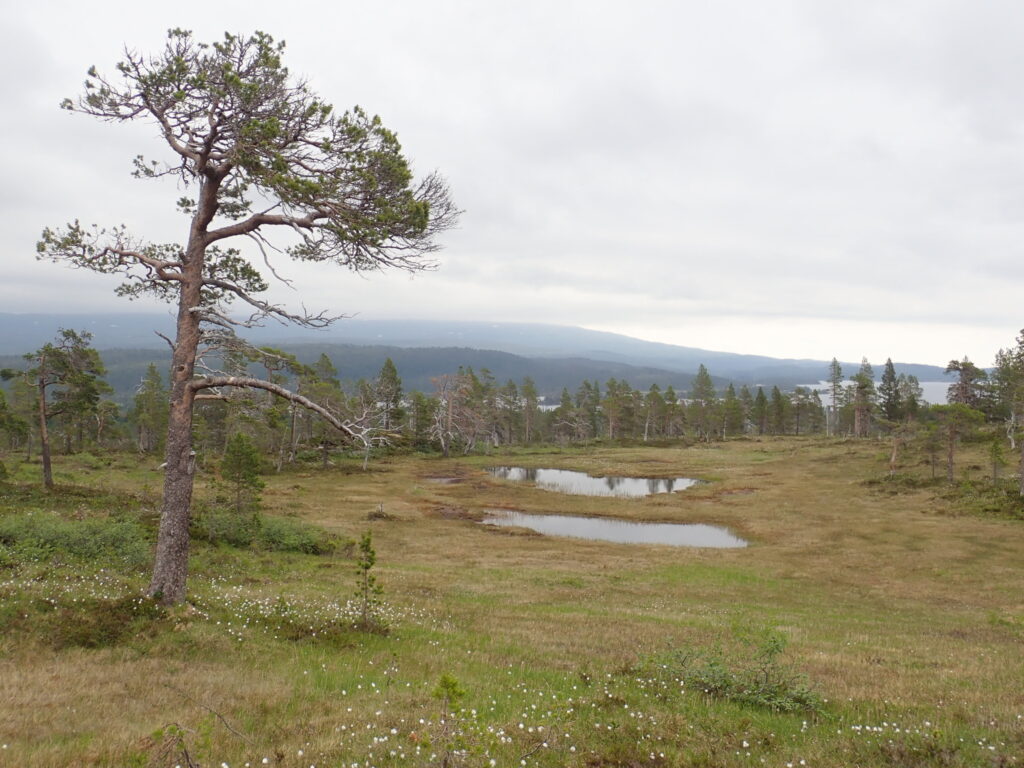
Old growth forest in Jämtland, close to the Norwegian border, in an area with particularly high precipitation. Site for many liverworts, e.g. Mylia taylorii.
Most forests are managed production forests. They are like theater scenes with poor light and few decorations, suitable for some acts but generally rather monotonous. A restricted number of mosses and even fewer liverworts can be found in this environment and most individuals succumb to drought when the trees are abruptly harvested and eventually replanted.
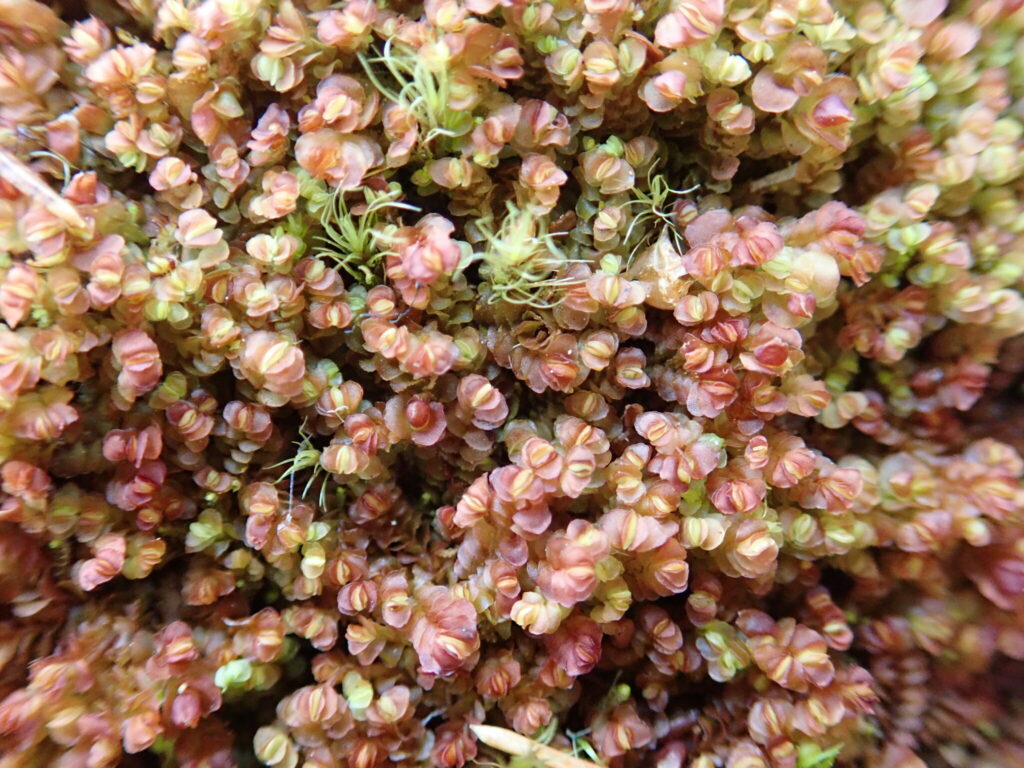
Let’s envision a stand with pines and spruce trees, typical for a boreal forest.
Add topography to our imaginary forest – slopes, boulders and maybe even outcrops and cliffs. The number of mosses and liverworts will increase, as they find the shaded and protected sites they need to thrive.
Add moisture to the forest, wet depressions, swampy areas and maybe a vivid brook. Even more mosses liverworts will find their place, as a response to the everlasting water supply.
Mylia taylorii grows in moist forests with high precipitation
Add time to the forest, let it live longer than the fixed rotation time of managed forests. As time passes, the tree species composition and age structure will diversify, allowing the forest to develop new structures that are necessary substrates for many species, such as snags (dead standing trees), fallen logs, decaying wood and windthrows. Yet, another set of mosses and liverworts will colonize, some of which are poor dispersers that need a long time to find their place. Amongst those we will find the rarest and most endangered species, strongly dependent on forest longevity.
Our forest scenography is now developed into a magnificent opera with lots of impressions. We can call it an old-growth forest.
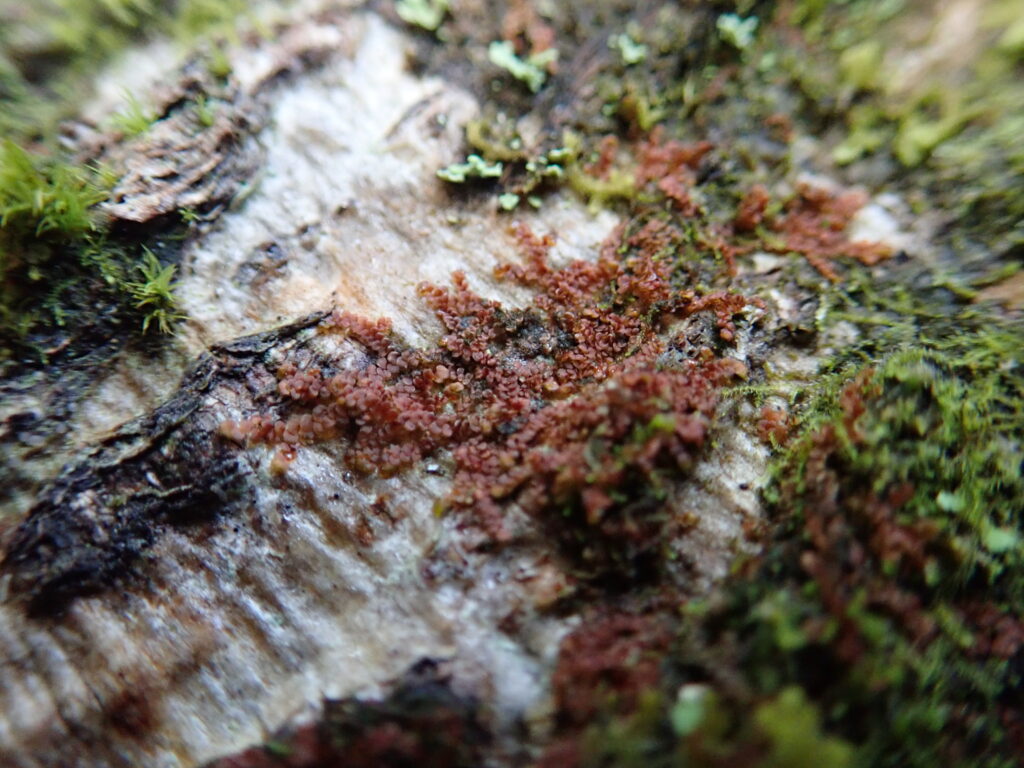
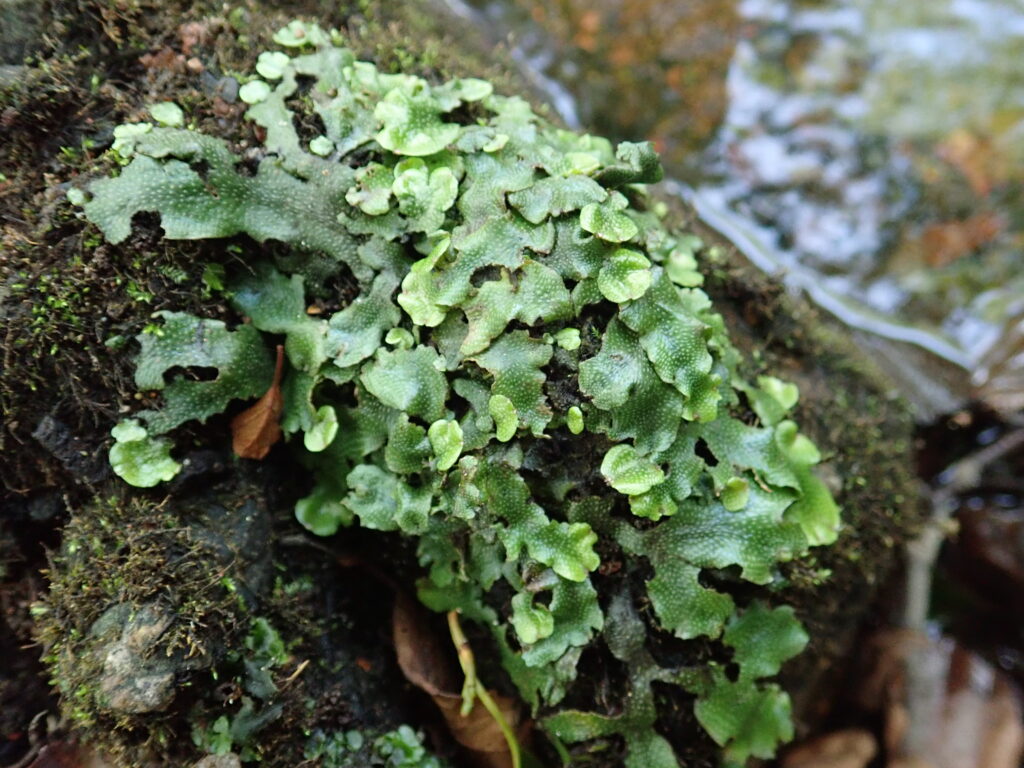
Just like cultural events, you need to train your brain to perceive details. You may equip yourself with a magnifier to enable observation of miniature beauty.
When you bend down to the ground you will register thousands of shades of green. You may smell the delicate aromatic notes emitted from by the liverworts. Now you are in a position you learn to know the characters in the play with an invitation to meet them in their natural environment.
This is one environment where we search for the liverworts that we want to explore in the Bryomolecules project!
Author: Nils Cronberg, Senior Lecturer at Biodiversity and Evolution – Lund University
